Kansas City Film Ad Service (est. 1920)
Introduction
Text-to-speech Audio
Employer to Walt Disney and producers of movie theater advertisements, the Kansas City Slide Company moved from 1015 Central to this location in early 1920. By this time, the growing company had advanced techniques of production from glass slides to animation. To reflect the change, the Slide Company began going by Kansas City Film Ad Service. In 1924, owner A. V. Cauger added on to the building and incorporated the company as United Film Ad Service. Due to challenges caused by the depression, he sold his interest in the early 1930s. Over the years, Cauger employed several other men alongside Disney who would become famed animators and producers years later, in Hollywood’s Golden Age of Animation. This building has since been razed and is now a private parking lot.
Images
The staff of Kansas City Film Ad Service/United Film Ad Service stands in front of their building.
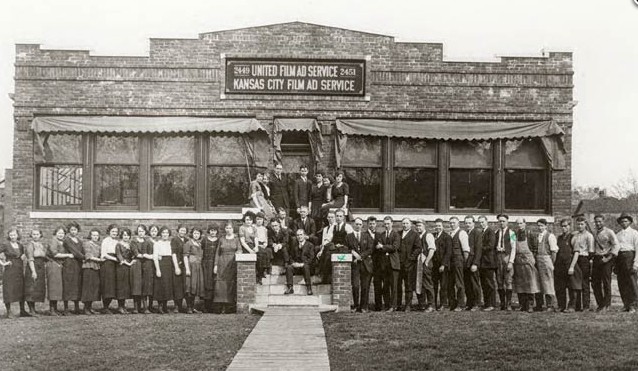
Walt Disney
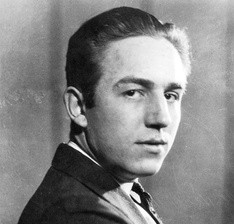
Animators working at their desks at Kansas City Film Ad Service. Walt Disney is sitting in the back row (top left).
%20c.%201920.jpg)
From left to right, Ubbe Iwwerks, Walt Disney, and Fred Harman
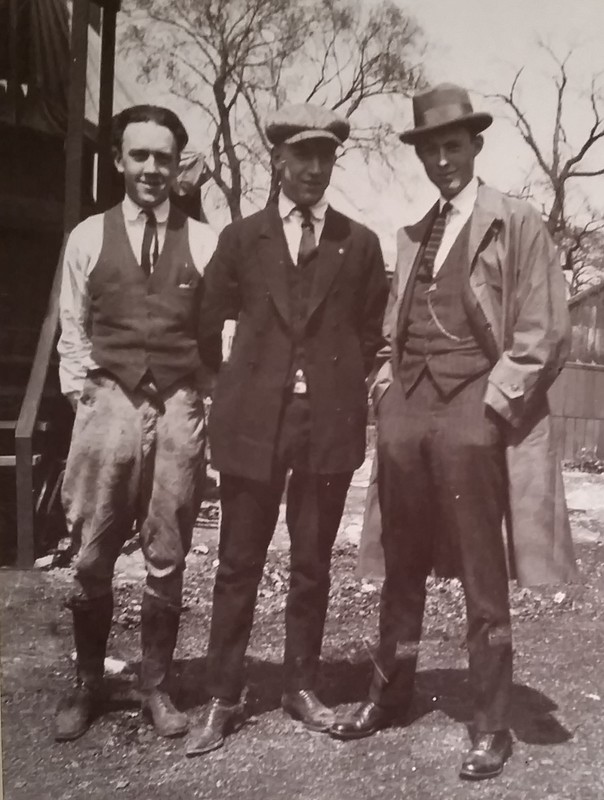
Arthur Vern "A. V." Cauger, owner of Kansas City Film Ad
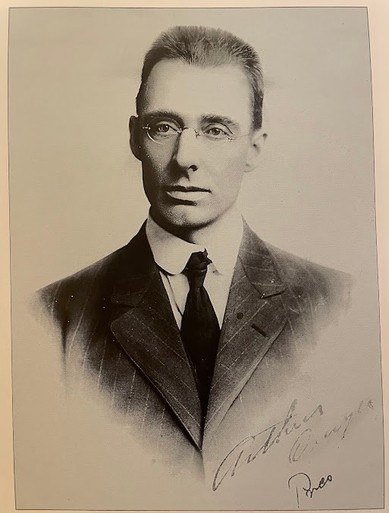
Walt Disney (left) operating a movie camera, much like the one borrowed for home experimenting.
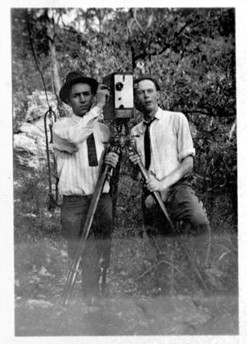
The sample reel for Newman Laugh-O-grams was created by Walt Disney in the garage of his family home using a borrowed motion picture camera from his boss A. V. Cauger
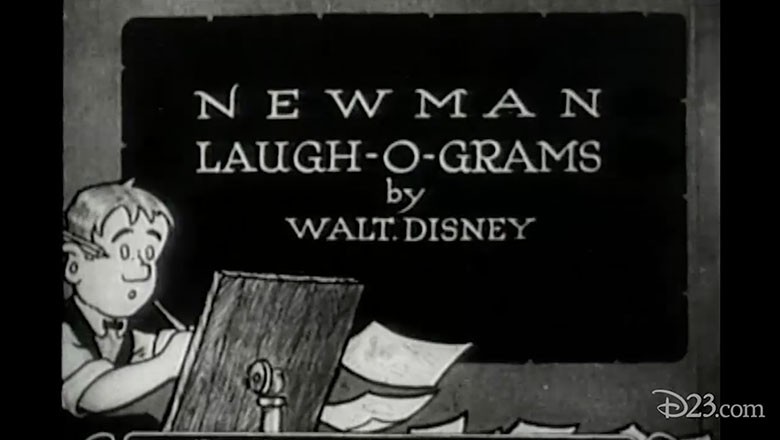
Ubbe Iwwerks (Ub Iwerks)
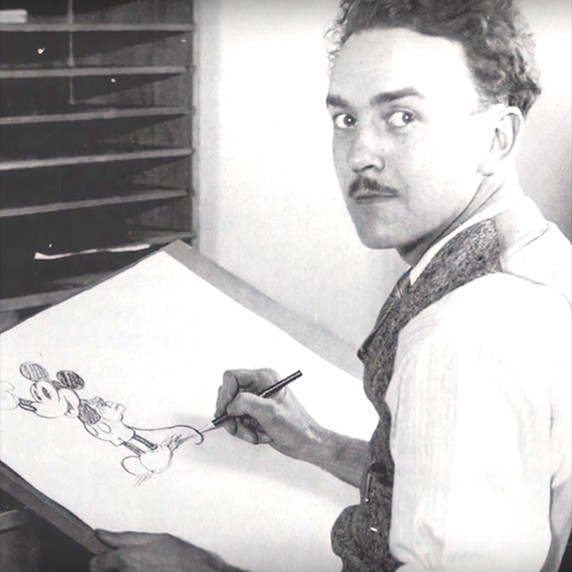
Hugh Harman
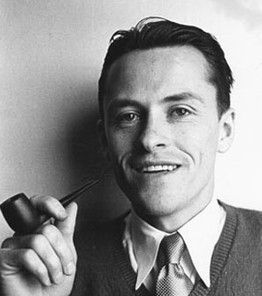
Fred Harman
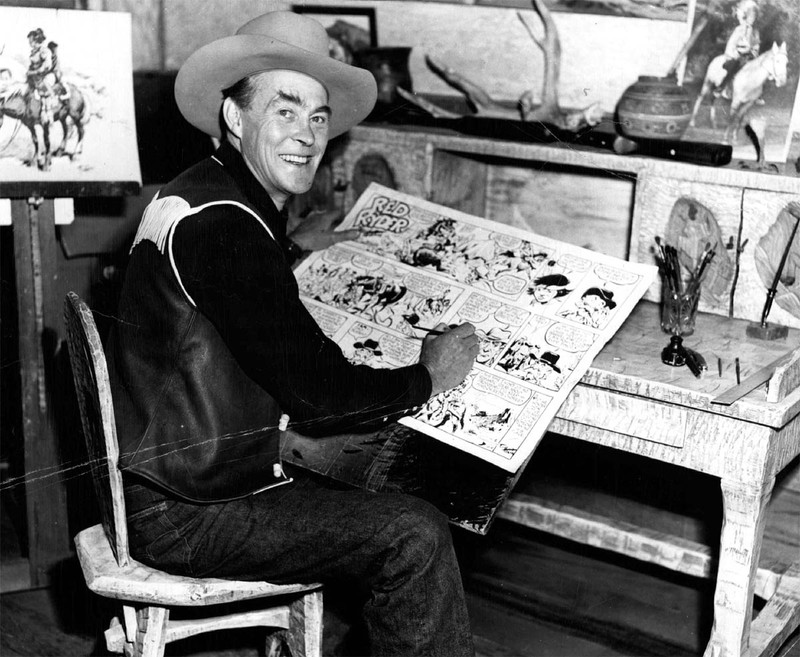
Isadore "Friz" Freleng
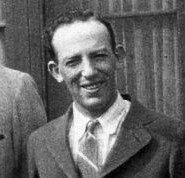
Rudolf "Rudy" Ising
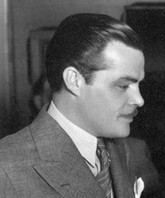
Carmen "Max" Maxwell
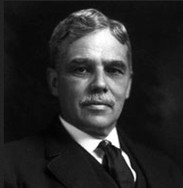
Ben "Bugs" Hardaway
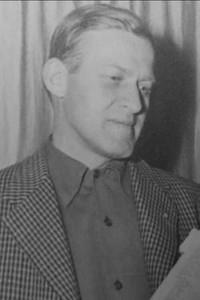
Backstory and Context
Text-to-speech Audio
Established by Arthur Vern “A.V.” Cauger in 1910, the Kansas City Slide Company moved to this location in early 1920. Around this time, the company was being run under the name Kansas City Film Ad Service to reflect the advertising services the growing business was offering. Originally producing hand drawn, glass slide advertisements, KC Slide Company had advanced to producing "moving" advertisements in 1915, pioneered by Cauger. One of these animation techniques was called stop-motion, in which a drawing of a character would be cut out and hinged together, photographed, then moved in small increments for the next, giving the impression of movement. Later, they moved to live-action.
Business continued to increase and in June 1924, Cauger incorporated the company as United Film Ad Service, with branch offices in Minneapolis, Milwaukee, Indianapolis, and Los Angeles. Cauger also had an addition built to house a motion picture production studio, to meet the growing demand. Years later, a film and chemical shortage, likely due to the depression, forced a federal shutdown of most production studios around the country, including United Film Ad Service. Because of financial trouble, Cauger sold his interest in the company.
In 1933, he established A.V. Cauger Film Service Inc., but because of ongoing shortages in supply, he had the advertisements manufactured through a third party. A.V. died in 1945 and his son Ted R. Cauger took over the business upon return from service in the Army during WWII in January of 1946, and resumed full operations. Ted ran Cauger Film Service for years out of Independence, Missouri before selling it to Alexander Film Co. in Colorado Springs in 1960.
Walt Disney
Walt Disney worked for A.V. Cauger from January 1920 to May 1922. When he was hired, Disney lacked skill in sophisticated draftsmanship but was very curious about animation. He got tips on animation essentials from one of the cameramen, Jimmy Lowerre and started to experiment with these techniques. To make up for his shortcomings in technical skill, Walt would often apply humor to otherwise dull ads. He also enjoyed acting and occasionally stepped in for “live” film ads.
That spring, Disney was offered a job as a cartoonist by a local newspaper. Although it was a job he desired and had applied for years earlier, he declined the offer with hopes he would achieve great things with Kansas City Film Ad Service. Coincidently, around that same time a position opened at Film Ad and Walt lobbied for his friend Ubbe, who had continued to run their private venture after Disney was hired by Cauger in January. Iwwerks-Disney Commercial Artists began to decline as Ubbe was a shy man and terrible salesman. He was, however, a fast and talented illustrator and a technical innovator. By no surprise, Ubbe was hired at Film Ad.
Walt and Ubbe were fascinated with advancing their skills so they watched any film available and studied books on animation from the Kansas City Public Library. Cauger could also see the talent in these men and helped foster their skills. Along with providing steady pay, on-the-job training, and much encouragement, A.V. went so far as to lend Walt one of the company's motion picture cameras, as well as give him celluloid film, so he could practice at home. Walt cleared out the garage behind his house on Bellefontaine and made his own studio where he experimented with lighting, line thickness, and different types of film for the best picture quality. He also recorded his friends and family, creating short films with live and animated footage.
Using a combination of these techniques and with Caugers continued support, Walt would have his first dose of success. He created a sample reel to pitch to Newman Theatre manager Milton Feld, whom he had previously worked for, designing covers for the theater's weekly magazine while at Pesmen-Rubin Commercial Art Studio. He titled the reel Newman Laugh-O-grams and took it to Feld. Feld was impressed with the reel and debuted it on March 20, 1921 before the feature film Mama’s Affair. This was the first time in history that a production created solely by Walt Disney was aired. It generated a positive response from moviegoers, so Feld contracted him for more Newman Laugh-O-grams in addition to other shorts for the theater. The original sample reel is the only known copy of a Laugh-O-gram in existence.
Later in 1921, Disney formed another side business while still working at Film Ad. Partnering with co-worker Fred Harman, they started KayCee Studio, where they practiced and developed their skills. On their days off and at nights after working at Film Ad, they would create short fairy tale versions of Laugh-O-grams. With the local success of Newman Laugh-O-grams and confidence in his new Laugh-O-grams, Walt quit Kansas City Film Ad Service in the spring of 1922 to establish a new studio. On May 23, 1922, Laugh-O-gram Films was incorporated.
The Golden Age of Animation
Kansas City Film Ad Service employed many men, who worked alongside Walt Disney, that were key figures in the Golden Age of Animation. Ub Iwerks (1901-1971) went to Hollywood with Disney, creating Oswald the Lucky Rabbit and Mickey Mouse, later going to MGM producing the first ever color animation short. George “Jimmy” Lowerre (1893-1962) also continued to work with Disney, for 28 years as a film editor. Fred Harman (1902-1982) went on to work with Stephen Slesinger in New York and is best known for the Red Ryder comic strip. Fred’s younger brother Hugh Harman (1903-1982), Carmen “Max” Maxwell (1902-1987), along with Rudolf “Rudy” Ising (1903-1992) who did not work at Film Ad but for Disney in his private studios, founded the animation departments for Warner Bros. cartoons and later, MGM. They created Looney Toons, Merrie Melodies, Bosko, and Puss Gets the Boots (later known as Tom and Jerry). Joseph Benson "Ben"/“Bugs” Hardaway (1895-1957) worked for Leon Schlesinger Productions, the predecessor to Warner Bros., and is credited for creating Bugs Bunny and is the co-creator and voice of Woody Woodpecker. Isadore “Friz” Freleng (1906-1995) went to Hollywood for Disney in 1927 and worked on Oswald and the Alice Comedies, as well as creating Porky Pig before becoming Warner Bros. top director. Later, he was a co-founder of DePatie-Freleng Enterprises where he created the Pink Panther and produced Yosemite Sam, Sylvester, Tweety, and Speedy Gonzales.
Cite This Entry
Stahly, Nichole. "Kansas City Film Ad Service (est. 1920)." Clio: Your Guide to History. October 13, 2022. Accessed March 29, 2025. https://theclio.com/entry/147502
Sources
Green, Ron. The Roots of Animation in Kansas City. JCHS Journal, Summer 2014 edition, p. 15 - 19.
Butler, R. W., Viets, D., Burnes, B. (2002). Walt Disney's Missouri: The Roots of a Creative Genius. Kansas City, Missouri: Kansas City Star Books.
Susanin, Timothy S. (2011). Walt Before Mickey: Disney's Early Years, 1919-1928. Edition Illustrated. Univ. Press of Mississippi.
Kansas City Comics. Accessed March 21st 2022. http://www.kansascitycomics.com/?page_id=1564.
Useful Notes / The Golden Age of Animation, TVTropes. Accessed March 21st 2022. https://tvtropes.org/pmwiki/pmwiki.php/UsefulNotes/TheGoldenAgeOfAnimation.
Groskopf, Jeremy W., "Profit Margins: The American Silent Cinema and the Marginalization of Advertising." Dissertation, Georgia State University, 2013. https://scholarworks.gsu.edu/communication_diss/47.
Personal interview and communications with Scott Cauger, grandson of A. V. Cauger, 2022.
https://waltinkc.weebly.com/the-kansas-city-years.html
https://thankyouwaltdisney.org/
https://www.waltdisney.org/blog/making-things-move-walt-disney-enters-animation
https://www.reddit.com/r/OldSchoolCool/comments/77821x/ub_iwerks_walt_disney_and_fred_harman_1922/
"Walt Disney's Missouri: The Roots of a Creative Genius" with permission from Scott Cauger
https://www.waltdisney.org/blog/making-things-move-walt-disney-enters-animation
https://d23.com/walt-disney-laugh-o-grams/
https://thankyouwaltdisney.org/
https://thankyouwaltdisney.org/
https://www.lambiek.net/artists/h/harman_fred.htm
https://thankyouwaltdisney.org/
https://thankyouwaltdisney.org/
https://thankyouwaltdisney.org/
https://www.themoviedb.org/person/226492-ben-hardaway

